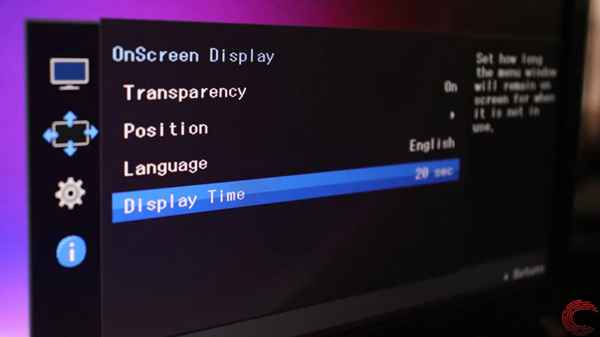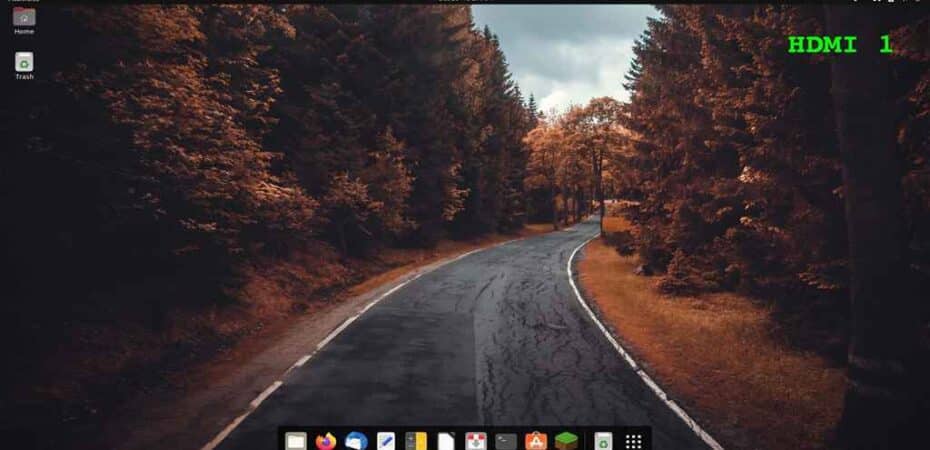In the realm of technology, there are countless terms and acronyms floating around, often leaving many individuals scratching their heads in confusion. One such term that might have caught your attention is OSD Timeout. What exactly does it mean? How does it affect your devices? And why is it important to understand? Let’s delve into the intricacies of OSD Timeout in this comprehensive guide.
What Does OSD Timeout Stand For?
OSD stands for On-Screen Display, which refers to the graphical interface elements that appear on your screen, typically used for adjusting settings or displaying information. OSD Timeout, therefore, is the duration for which these on-screen displays remain visible before disappearing automatically.
Why Does OSD Timeout Matter?

1. User Experience Enhancement
Imagine adjusting the settings on your monitor or television, only to have the on-screen menu cluttering your view for an extended period. OSD Timeout ensures that these menus vanish after a set duration, preventing visual distractions and enhancing the overall user experience.
2. Energy Conservation
Extended display of OSD menus can contribute to unnecessary energy consumption, particularly in devices like monitors and televisions. By implementing an appropriate OSD Timeout, manufacturers can help conserve energy by minimizing the time these displays remain active.
How Does OSD Timeout Work?
OSD Timeout is typically a configurable setting found in the menu options of your device. Users can adjust the duration according to their preference, striking a balance between usability and convenience. Once set, the OSD Timeout dictates how long the on-screen displays will linger before disappearing automatically.
Factors to Consider When Setting OSD Timeout
1. User Interaction Speed
Consider the average time it takes for a user to interact with the OSD menu. Setting the Timeout too short might frustrate users, while setting it too long could lead to unnecessary delays.
2. Context of Use
Different devices and scenarios may warrant varying OSD Timeout settings. For instance, a television used primarily for watching movies might benefit from a longer Timeout, whereas a computer monitor used for productivity tasks might require a shorter duration.
3. Accessibility Needs
Take into account the needs of users with disabilities or impairments. A longer OSD Timeout could be beneficial for individuals who require more time to navigate through menu options.
Best Practices for Setting OSD Timeout
1. Conduct User Testing
Before finalizing the OSD Timeout duration, conduct user testing to gather feedback and ensure optimal usability for your target audience.
2. Provide Customization Options
Offer users the flexibility to adjust OSD Timeout according to their individual preferences. Providing customization options can enhance user satisfaction and usability.
Conclusion
In conclusion, OSD Timeout plays a crucial role in optimizing user experience and energy conservation in devices with on-screen displays. By understanding its significance and implementing appropriate settings, manufacturers can enhance the usability and efficiency of their products. Whether it’s adjusting settings on your television or navigating through menus on your monitor, OSD Timeout ensures a seamless and efficient user experience.
Read Also
- Unveiling Rzinho – The Revolutionary Social Media Platform
- An Online Guide to Managing Multiple Social Media Accounts
- Social Media Privacy Guide
- 4 Social Media Content Writing Tips
- How to Find People on Social Media
- Strategies for Coffee Shops to Upscale Social Media Presence
- Social Champ Review
- The Prime Times to Post on Social Media Platforms [Infographic]

